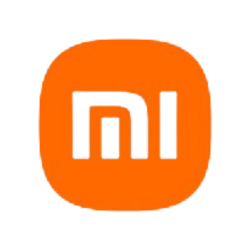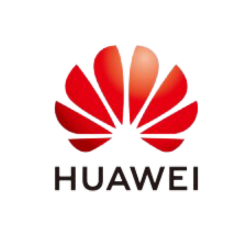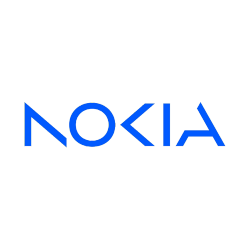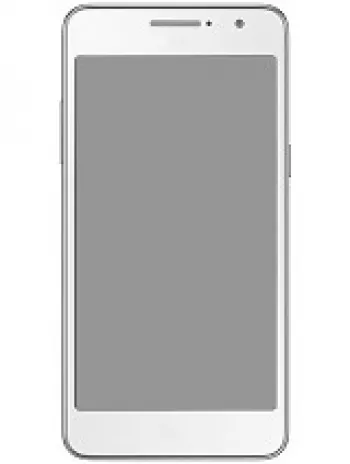
Overview of Samsung X430
The Samsung X430 was a feature phone released in the early part of the 21st century, capturing the essence of mobile technology at that time. Designed for basic communication functions, it scribed a simplistic approach to functionality with its minimalist design and essential features aimed at meeting the user's communication needs efficiently.
Network Capabilities
The Samsung X430 supported GSM technology and operated on 2G bands GSM 900/1800. It provided basic connectivity through GPRS but did not support EDGE. This limited the device primarily to voice calls and basic text messaging, which was typical for phones of that era. Despite the limitations, it provided adequate connectivity for users who needed reliable voice communication.
Design and Build
The compact nature of the Samsung X430 was one of its defining features. Measuring 80 x 42 x 20 mm and weighing a mere 73 grams, it was highly portable and could easily fit in a pocket or small purse. It featured a clamshell design, which was popular at the time, providing additional protection to the screen and keypad when not in use.
Display Specifications
The display of the Samsung X430 featured a UFB (Ultra Fine & Bright) screen capable of 65K colors. It had a resolution of 128 x 128 pixels with a 1:1 aspect ratio, which delivered clear and colorful visuals for texts and basic graphics. The display, while small by today's standards, was adequate for its intended purpose, enabling users to view messages and navigate the phone's simple menu system with ease.
Memory and Storage
The Samsung X430 came with an internal phonebook capable of storing up to 500 contacts, which was a significant figure for the time. It also maintained a record of call logs, including 10 dialed, 10 received, and 10 missed calls. However, it did not support external memory cards, limiting its storage options to these inbuilt features.
Sound and Alert Features
Although the Samsung X430 did not feature a loudspeaker, it supported vibration alerts and downloadable polyphonic ringtones, allowing users to customize their alert preferences. However, it lacked a 3.5mm jack, limiting its ability to connect to external audio devices directly.
Communication and Connectivity
Connectivity options on the Samsung X430 were minimal. It did not include modern connectivity features like WLAN, Bluetooth, GPS positioning, or built-in radio. However, it offered basic web access through a WAP 1.2 browser, which enabled simple internet activities such as checking email or browsing text-based sites.
Entertainment and Features
Even with its limited capabilities, the Samsung X430 provided a few entertainment options. It came preloaded with three games: Honey Ball, Hamster Box, and Bowling, offering a source of light-hearted entertainment. The inclusion of Java support enabled users to download and play additional Java-based applications and games.
Battery Performance
The Samsung X430 was equipped with a removable Li-Ion 720 mAh battery, which was typical for devices of its time. It offered up to 260 hours of standby time and approximately 3 hours and 30 minutes of talk time. These features ensured that the device could sustain basic phone functionalities for a reasonable duration on a single charge.
Color Variants and Market Availability
Available in various colors including Pearl White, Metallic Silver, Champagne Gold, and Violet, the Samsung X430 catered to diverse aesthetic preferences. Launched in Q4 2003, this model has since been discontinued but remains a part of the evolutionary journey of Samsung's mobile devices.
Conclusion
The Samsung X430 served as a reliable communication tool during its time, presenting the essential features required by feature phones in the early 2000s. Its compact design, essential functionality, and customization options made it a practical choice for users seeking simple mobile communication solutions. While technology has vastly evolved since then, rendering the X430 obsolete, it remains a nostalgic piece of technology that paved the way for more advanced mobile devices.
Key Features of Samsung X430
- Compact and lightweight design with dimensions of 80 x 42 x 20 mm and weight of 73 g
- Supports GSM 900 / 1800 technology for reliable 2G connectivity
- UFB display with 65K colors and a resolution of 128 x 128 pixels
- Stores up to 500 phonebook contacts and call records for 10 dialed, 10 received, and 10 missed calls
- Offers downloadable polyphonic ringtones and vibration alert types
- Includes messaging features like SMS, EMS, and MMS for versatile communication
- Preloaded with games such as Honey Ball, Hamster Box, Bowling, and supports Java for additional entertainment
- Removable Li-Ion 720 mAh battery providing up to 260 hours of standby time and up to 3 hours and 30 minutes of talk time
- Available in various colors: Pearl White, Metallic Silver, Champagne Gold, and Violet
Samsung X430 Disadvantages
- Lacks modern network technologies such as 3G, 4G, and 5G, only supports 2G GSM bands.
- No EDGE support for faster data transfer.
- Discontinued model, making it hard to find parts or services.
- Very small and low-resolution display with 128 x 128 pixels.
- No expandable memory card slot to increase storage capacity.
- No camera available for capturing photos or videos.
- Does not have a built-in loudspeaker, limiting audio options.
- No standard 3.5mm audio jack, which may complicate using headphones.
- Lacking wireless connectivity options such as WLAN and Bluetooth.
- No positioning features like GPS or any form of location tracking.
- No FM radio functionality.
- Limited to WAP 1.2 for web browsing, which is outdated by current standards.
- Relatively short talk time of up to 3 hours and 30 minutes.
- The UFB display technology and 65K color depth are outdated compared to modern standards.

View Also
More Phones
All Rights Reserved +14266 Phones © Mobilawy 2025

























